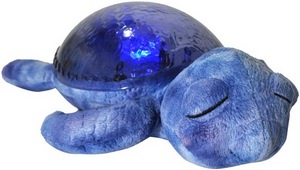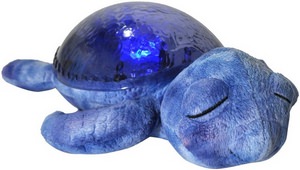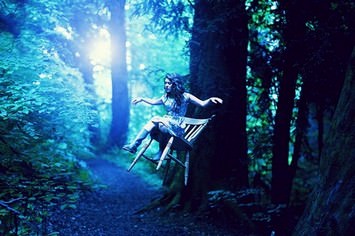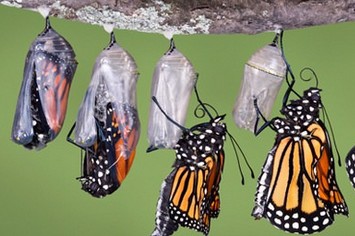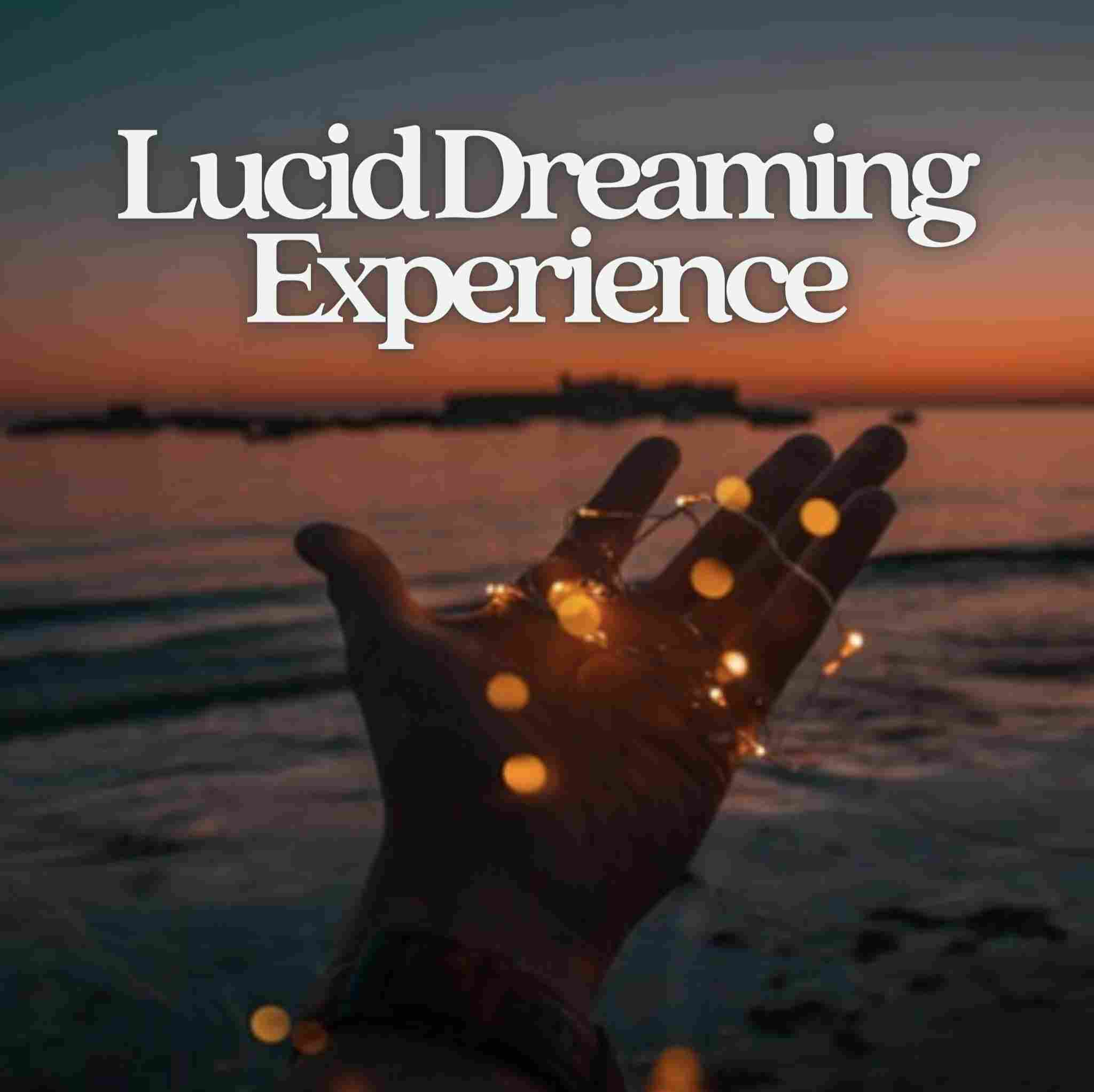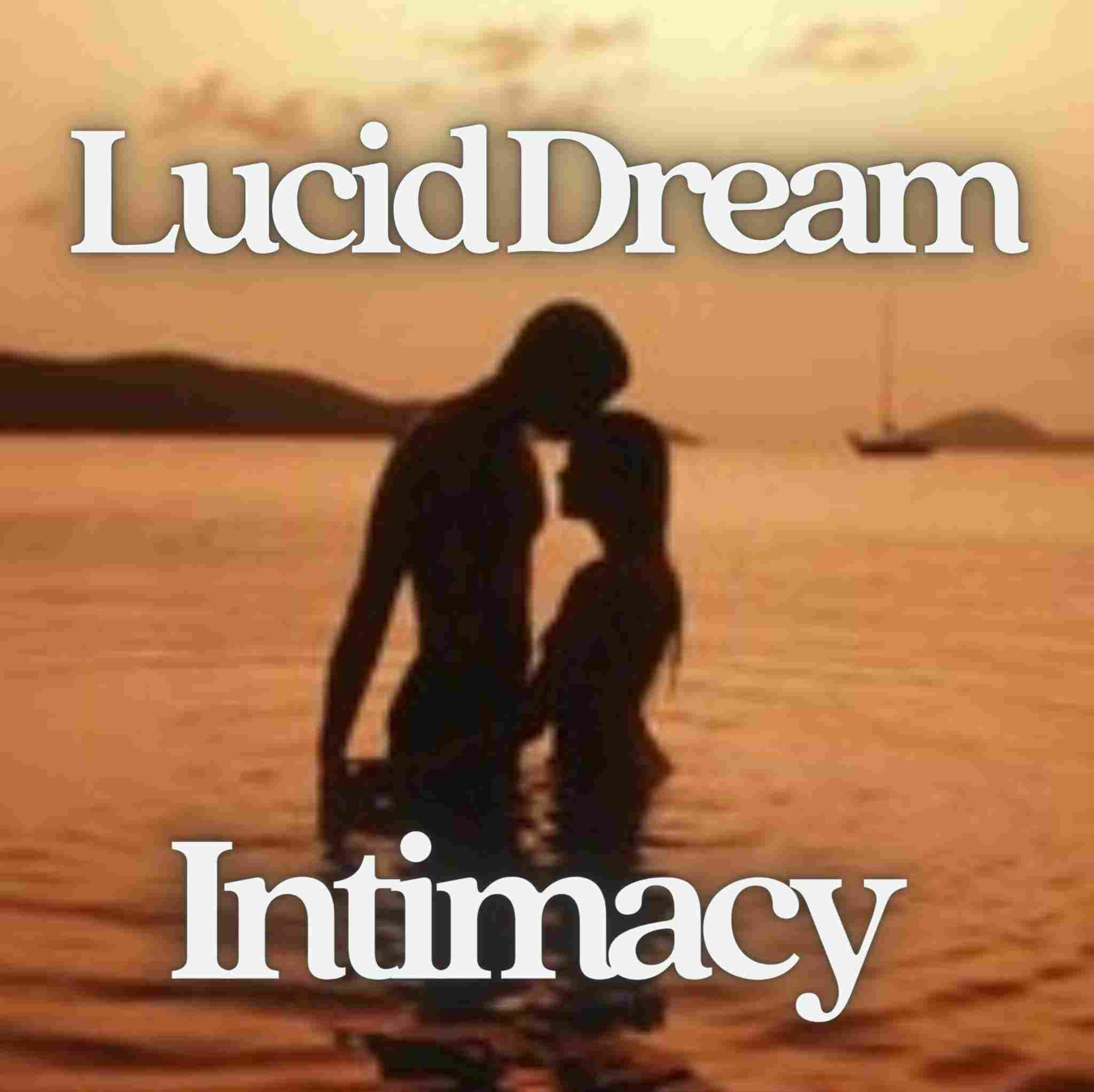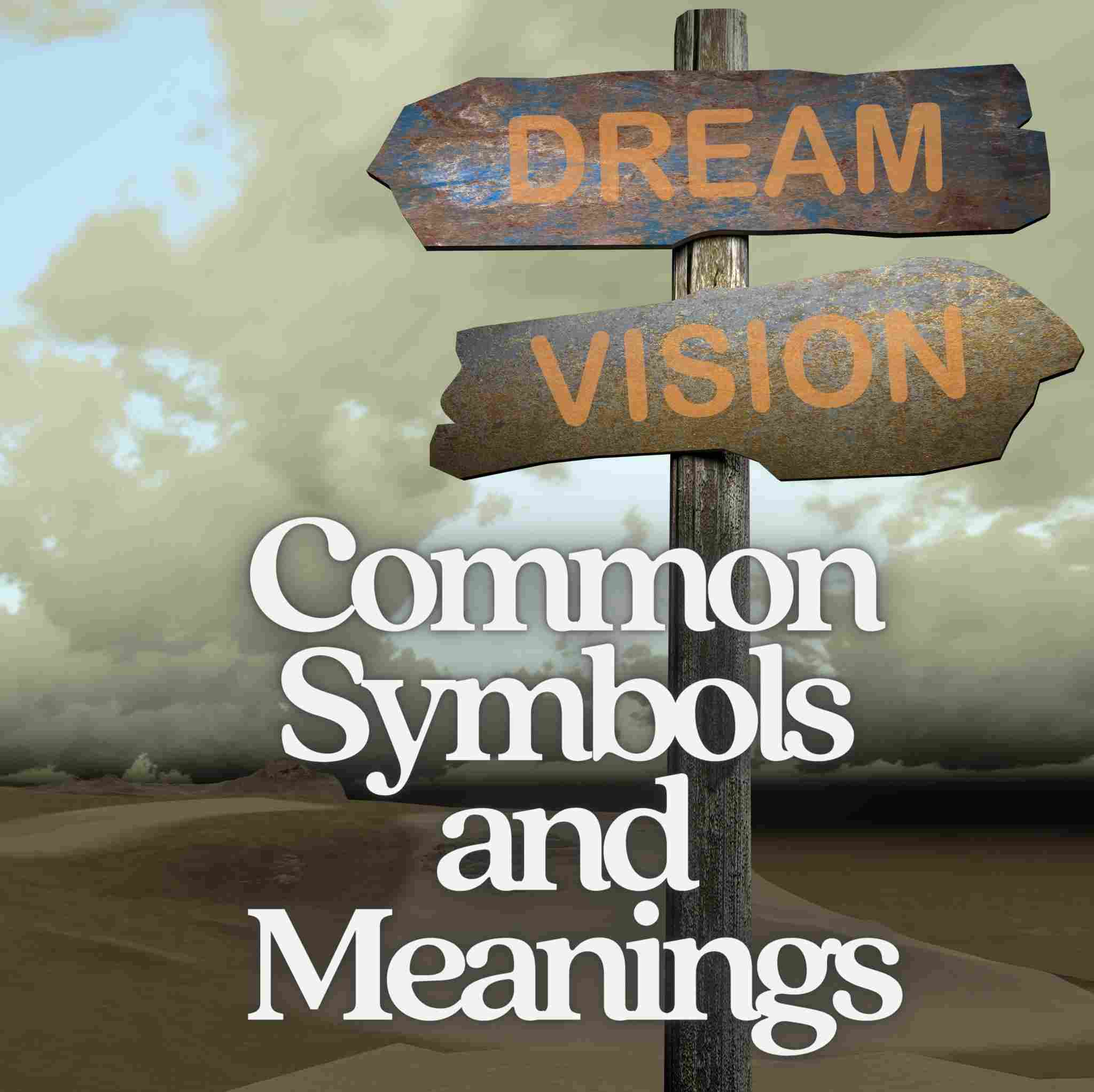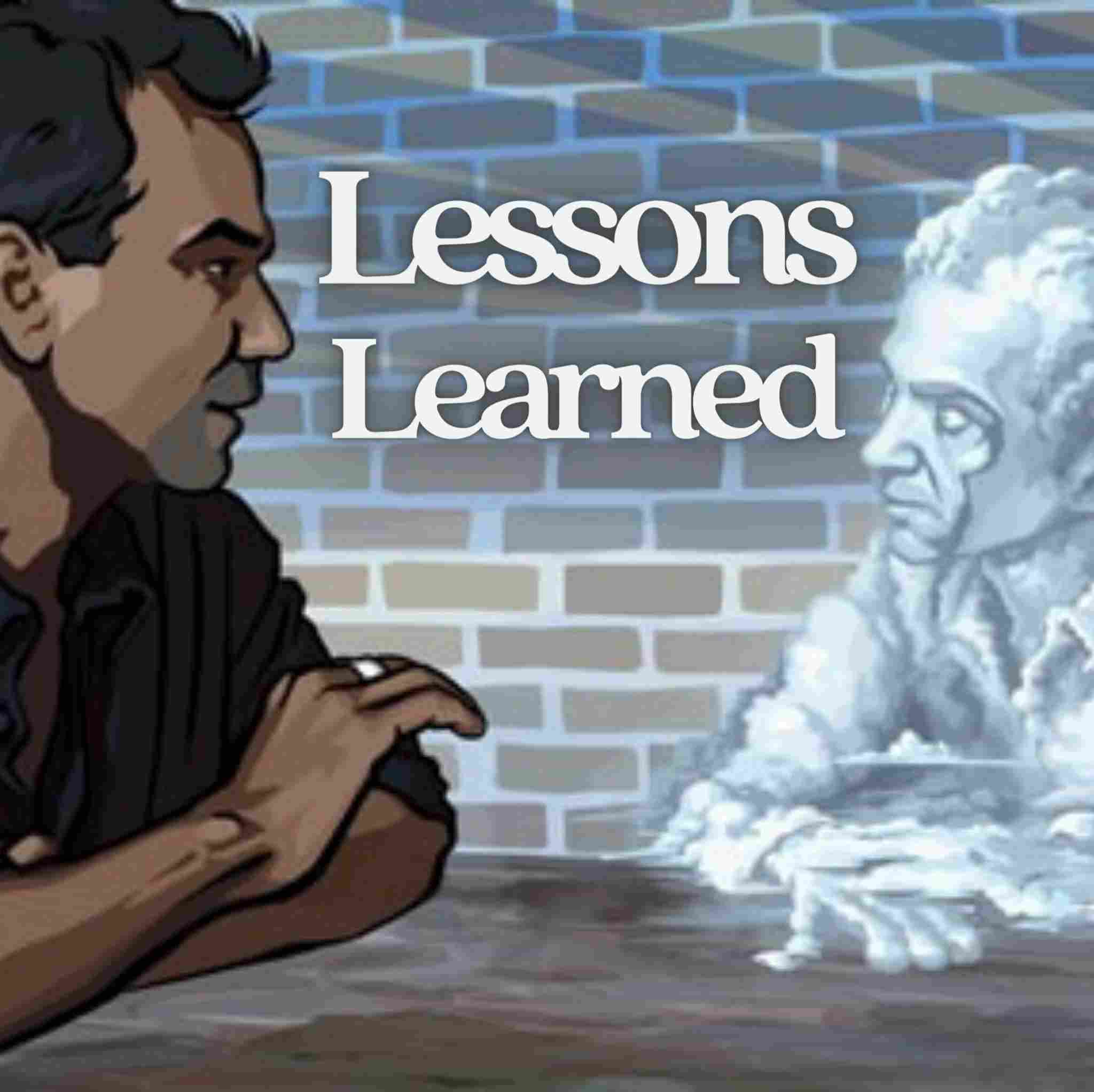Tranquil Turtle Review
Earlier this year we bought a Tranquil Turtle by Cloud B - the audio night light that won an Infant/Toddler Toy of The Year (TOTY) award.
My goal was to find a way to help our baby self-soothe at night, but the grown-ups soon became quite enamored with the device too. It wasn't long before we were all sat in the living room with the lights out, gazing at the ceiling in awe.
Tranquil Turtle can be used as a relaxation aid (its primary design is for use at bedtime to help children calm and unwind). The light show provides a soothing distraction if you suffer from a busy chattering mind when you lay down to sleep. For the average person, this takes 12 minutes. If you're stressed or overstimulated when you go to bed, it can take much longer to find that peace.
Underwater Effect
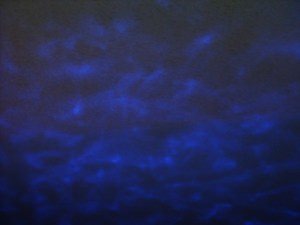
Tranquil Turtle's main function is a light projector, casting mesmerizing wave patterns on the ceiling in a deep blue glow. It is like looking underwater in a shallow swimming pool or lagoon. This picture doesn't do it justice (the wave effect is 3D and moving) but it gives you some impression of how it works.
There is also an optional rhythmic wave motion, where layers of the projection move separately to give the illusion of floating in water. If you find the motion distracting, you can switch it off for a static display, built up of multiple layers to create depth.
Sound Effects
Tranquil Turtle can operate in silence (we've found it creates really nice ambient lighting for grown ups) but also has two audio modes: an ocean wave sound effect and a tranquil melody.
The machine is easy to operate so you can switch modes in the dark: push once for ocean waves, twice for the melody, and a third time to go back to silence. Though the melody is on a 10-second loop, unlike most of the baby toys that have invaded our house, it is sufficiently complex and unobtrusive that the repetition doesn't factor. It just blends itself into the background. In any case, a predictable melody is probably more hypnotic in nature when you are lulling a baby to sleep.
As a Night Light
As I mentioned, Tranquil Turtle was actually intended as a night light for our baby boy - so how does it fare in his little mitts?
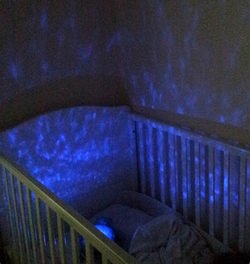
Really well, thankfully. The moment we switched on the projector in his darkened bedroom he stopped his usual bedtime whimpering and began gazing at the walls, now lit up in swirly blue patterns. He was engrossed in the light display for about 10 minutes before dropping off to sleep all by himself. When you're desperately following the advice from all the baby books about not rocking your baby to sleep after they're six months old, this kind of event is nothing short of a breakthrough.
Tranquil Turtle now forms part of our baby bedtime routine because it provides him with a gentle distraction from crawling around the house. It lulls him into quiet mode, and before he knows it, he's ready to drop off. I'm not saying that Tranquil Turtle is foolproof - sometimes babies have other things going on - but it has helped us a lot. The fact that you can perform this part of the routine in the dark makes sleepy time more forthcoming.
Any Cons?
Hardcore sleep enthusiasts argue that any kind of artificial light in the bedroom after dark is detrimental to sleep. Some research has even suggested that blue wavelength light in particular can be disruptive to Circadian Rhythms.
Unfortunately, many energy-efficient light sources around the house emit high concentrations of blue light. We are all highly exposed by watching TV, using electronics and having lights switched on after dusk. In a perfect world, no artificial light would exist at all after dark.
So where do you draw the line? For children, I would generally suggest turning out the night light an hour or so after they've gone to sleep. Night lights can still serve to comfort children during the difficult business of falling asleep but it's important to acknowledge that pediatricians now recommend complete darkness and silence during a child's deep sleep.
Fortunately the creators of Tranquil Turtle recognized this in their design and so the device shuts off automatically after 23 minutes of play. You needn't risk disrupting your child by going into their bedroom to turn off the night light manually.
Final Thoughts
I tried to make a demo video of Tranquil Turtle in action but couldn't adequately capture the full effect on camera. It is a totally immersive light display which just isn't done justice on a small video screen.
Other reviews on Amazon suggest that Tranquil Turtle helps tackle insomnia, anxiety and general restlessness at bedtime - in both children and adults (glad we're not the only ones!)
Definitely the most relaxing audio night light I've seen - I rate Tranquil Turtle just as highly as baby Fox does.
Update - Fox is now two years old and can still be seen hugging Tranquil Turtle to his chest and brushing TT's teeth before bed.
See customer reviews on Amazon

